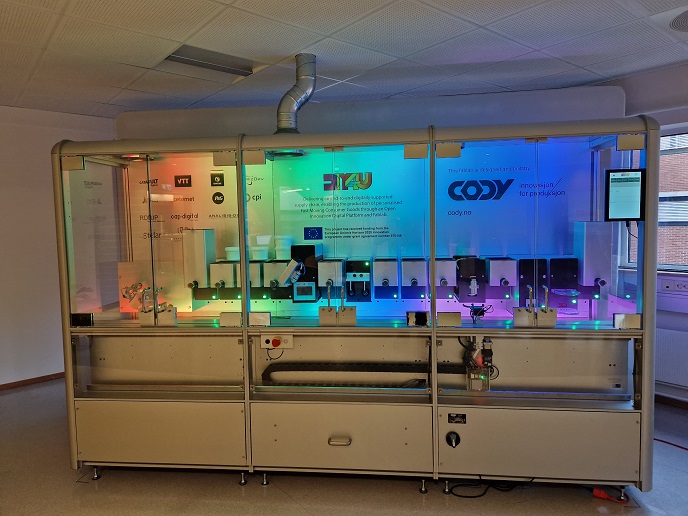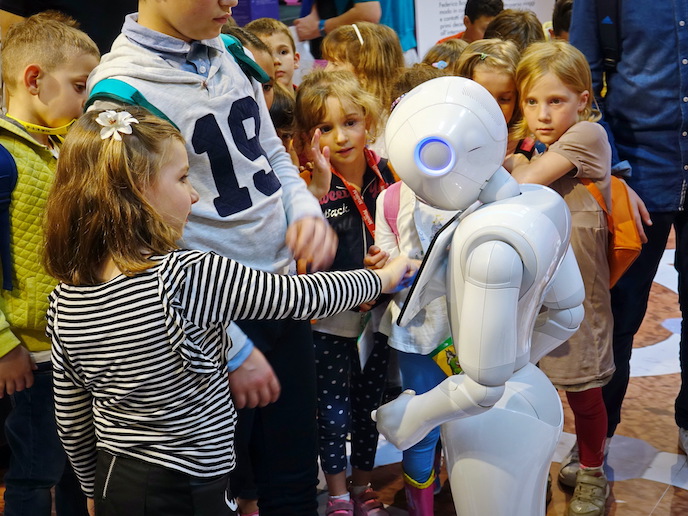New tools to meet consumers’ laundry list of demands
Demand is constantly evolving for Fast-Moving Consumer Goods (FMCGs) such as food items, personal care products and clothing. Most notably, there is growing desire for customised products that address special needs and requirements. “In the project DIY4U (Open Innovation Digital Platform and Fablabs for Collaborative Design and Production of personalised/customised FMCG), we focused on detergents – both powder-based and liquid-based – as one of the main FMCG products on the market,” explains project coordinator Chandana Ratnayake from SINTEF in Norway. Detergents are typically mass-produced, and can be difficult to formulate. Manufacturers must balance these constraints with increasing consumer demand for products that deliver specific health and wellness benefits, address sustainability and environmental concerns, and take into account allergies. To remain competitive, manufacturers must also identify and respond quickly to changing tastes and demands, and deliver products quickly to meet these specific expectations.
Digitally enabled collaborative manufacturing
The DIY4U project addressed this manufacturing need through the use of open innovation, and the promotion of small-scale, digitally enabled collaborative manufacturing approaches. The project team set out to build a platform where consumers could design and formulate a personalised soap or washing powder. The platform is connected to two modular, fully automated, small-scale Manufacturing Demonstration Facilities, which can produce liquid- or powder-based detergents on request. “A key innovation is that both the digital platform and the hardware units are modular, which means that the concept can be adopted for other types of products and services,” says Ratnayake. The project concept was made available to SMEs through open innovation competitions. Non-consortium partners played an important role in identifying ways of fine-tuning the digital platform and providing input into market analyses and feasibility studies.
Delivering customised, personalised product design
The DIY4U project successfully demonstrated how its concept can enable manufacturers to deliver customised, personalised products quickly and efficiently. The model offers a way for brands to be receptive to individual consumer demands. “The end result of this personalised approach is increased customer satisfaction, market differentiation and potentially higher price premiums,” adds Ratnayake. “This concept could also lead to data-driven insights and improved inventory management, as the most popular ingredients can be prioritised.” Engaging non-consortium SMEs also raised market awareness of the concept, which could help with eventual market acceptance. There is also scope for expanding the DIY4U innovation to other markets such as cosmetics, food and beverages, and pet foods.
Applications in other industrial sectors
The success of the project has helped to bring the DIY4U concept closer to market. “We recognised that further research and innovation is required to fully adapt the concept to different market sectors,” notes Ratnayake. “Our plan now is to pursue new funding and support, in order to engage with end users and stakeholders, and to trial applications in specific industrial sectors.” The successes of the DIY4U project will be built upon to create an advanced system that enables FMCG product design and manufacturing to fully meet the needs of the end user.
Keywords
DIY4U, FMCG, manufacturing, customised, detergents, cosmetics, digital







